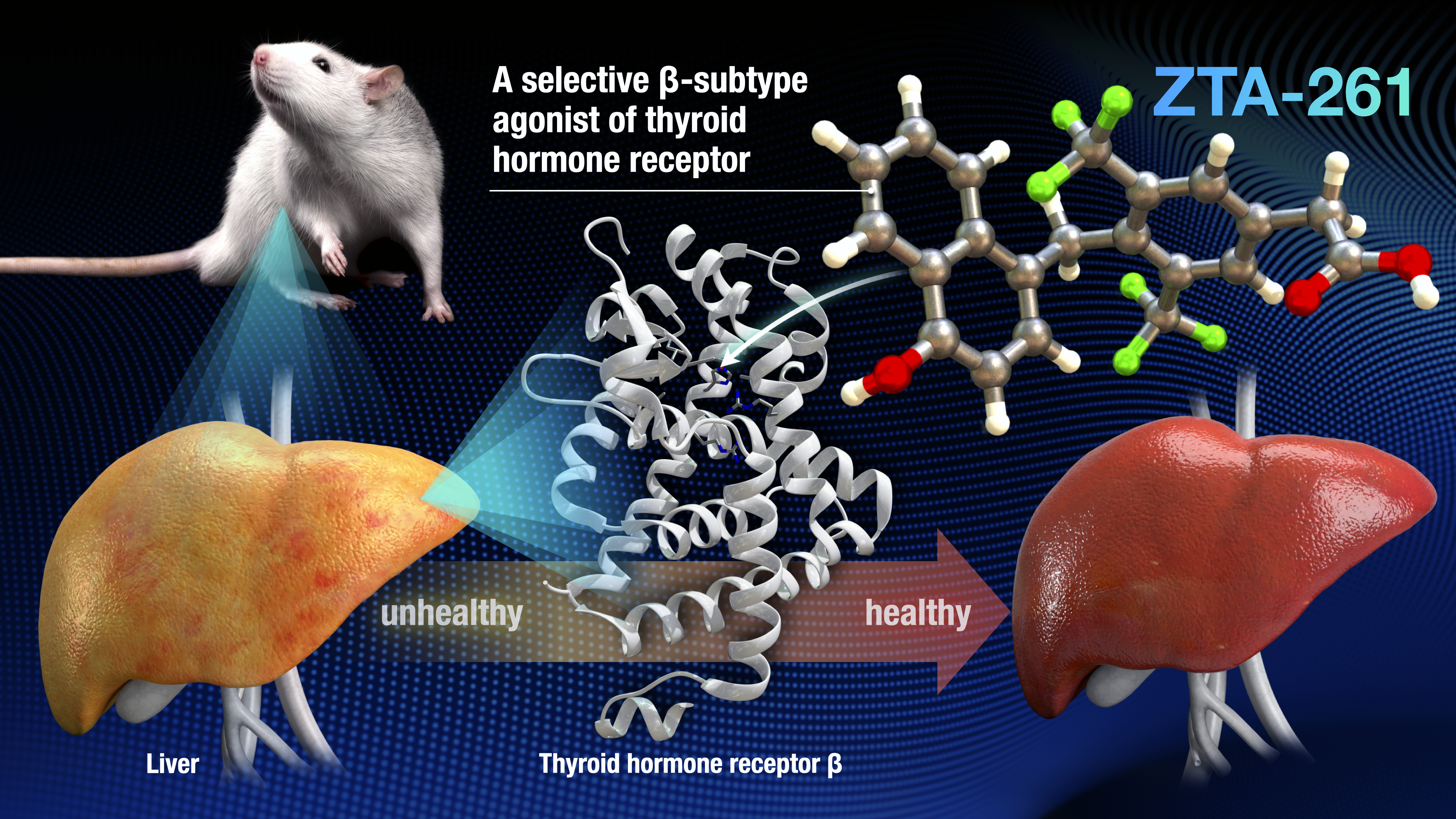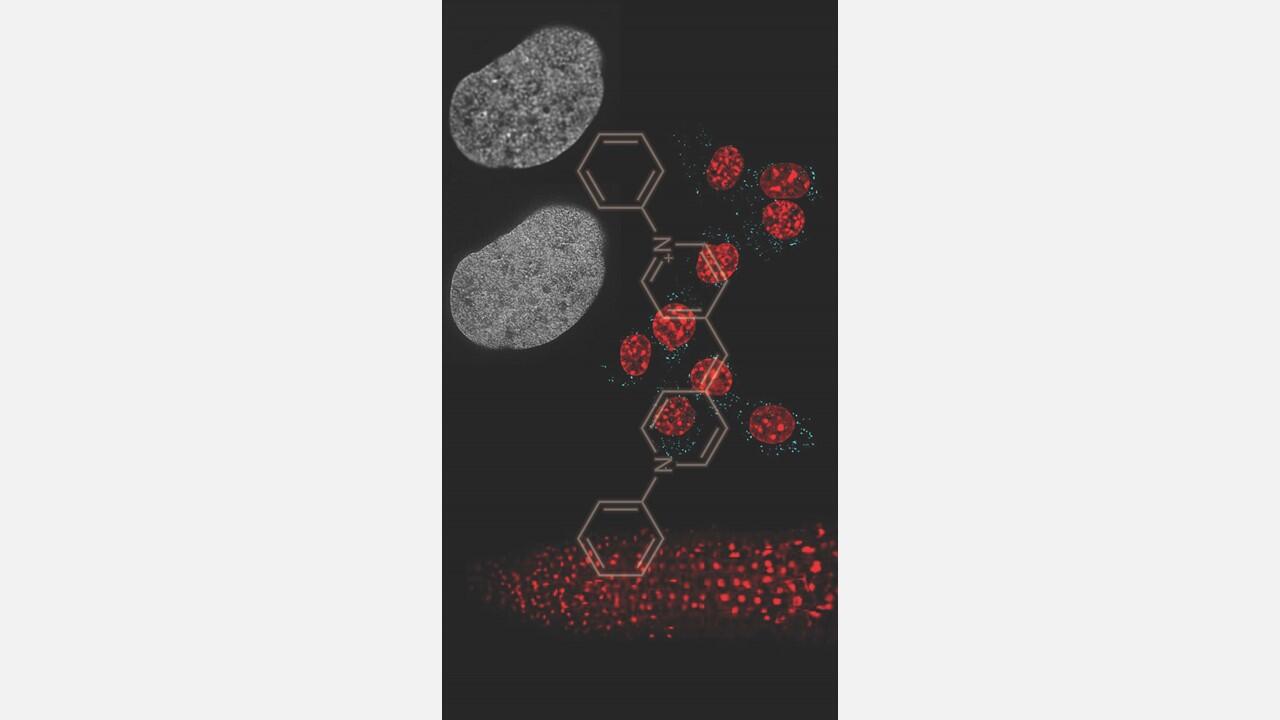
The Nagoya University Institute of Transformative Bio-Molecules (WPI-ITbM) research team, consisting of Professor Cathleen Crudden, Designated Lecturer Masakazu Nambo, JSPS Postdoctoral Fellow Yuki Maekawa and Associate Professor Daisuke Yokogawa, has developed a new synthesis method for the efficient production of fluorinated alkenes. This method offers a practical solution for the shortening of the synthesis process of existing bioactive compounds through the simple addition of an organic magnesium reagent, or Grignard reagent.
As bonds between carbon and fluorine are comparatively stronger than those between carbon and hydrogen, the addition of fluorine is known to increase stability in metabolism and oxidation. Thus, organic fluorine compounds are found in the majority of agrochemicals and organic materials, with their importance in this field only growing. ‘Difluoroalkene’ is the generic name for a compound with a structure into which two fluorine atoms have been introduced. Although a number of synthesis methods for difluoroalkenes have previously been developed, these often require the use of dangerously toxic and highly reactive fluoride reagents and are complex and multi-staged. Although some methods not requiring hazardous reagents have been reported in recent years, generic synthesis methods for particularly useful gem-difluoroalkenes have remained severely limited.
The research group aimed to develop a new synthesis method for fluorinated compounds using triflones, a variety of a group of organosulfur compounds called sulfones. They succeeded in carrying out a Ramberg-Bäcklund reaction to produce gem-difluoroalkenes, reacting triflones with an organic magnesium (Grignard) reagent. As a variety of carbon substituents can be introduced to the raw material of the triflone, this method greatly speeds up the previously very challenging gem-difluoroalkene synthesis process.
This method represents a great step forward for synthesis strategies in organic synthetic chemistry. Its ability to use easy to obtain and prepare reagents means that it is expected to find widespread use and contribute to the discovery of new agrochemicals and organic materials.
Journal information
The article "Alkyltriflones in the Ramberg-Bäcklund Reaction: An Efficient and Modular Synthesis of gem-Difluoroalkenes" by Yuki Maekawa, Masakazu Nambo, Daisuke Yokogawa and Cathleen M. Crudden is published in Journal of the American Chemical Society at https://doi.org/10.1021/jacs.0c07924
Details about the research on ITbM website
http://www.itbm.nagoya-u.ac.jp/en/research/2020/09/post-23.php
Find out more about ITbM





